Once you have your Open Water Certificate there is nothing better than diving in your own Gear, though as with any new hobby I would recommend slowly building your collection of specialized equipment in order to manage costs, and to ensure that this is something that you will get value out of.
When purchasing Scuba Dive Equipment there are tons of choices, I recommend a couple of dives with rental gear to try out the various options before deciding on what feels right to you.
I would recommend buying your own Dive Equipment in stages, and build up a collection over time. My personal order of preference is based upon balancing packing all the gear, and its extra weight, with the minimum things that have ruined a dive for me. Remember, you can rent EVERYTHING you need to dive, but some places, especially if you go for a cheap operator will have shoddy, broken gear.
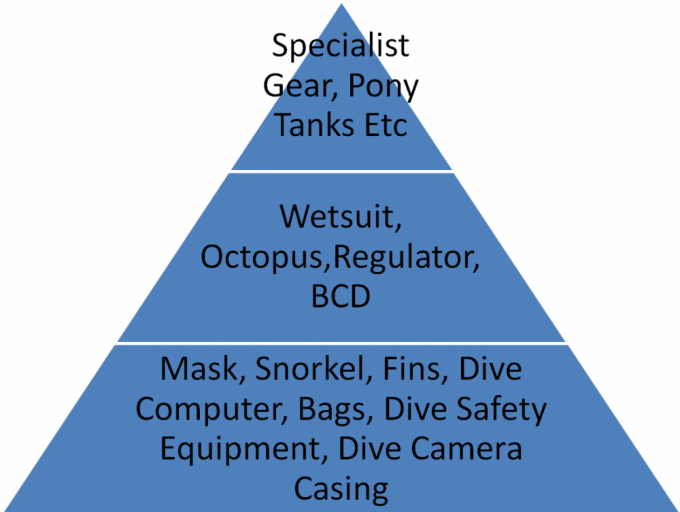
Dive Mask
Having a poor fitting loaner Dive Mask has ruined many dives for me – if they don’t fit right, you will experience leaks that can slowly flood the mask and make it a constant battle of clearing it, other issues come from broken buckles on the mask that cause it to slip loose.
A Dive Mask is the first purchase I made and the best, you can get great prices online but you should never buy a mask online unless you know for certain that make and model fit you perfectly – the test is to put the mask on your face (without the straps) and suck in through your nose – if it sticks to your face from suction alone and feels comfortable you have a good mask.
One thing to bear in mind with new Dive Masks is that they often come with a thin layer of Silicone that resides on the glass – if you have a glass panel on your mask get some regular toothpaste and rub it lightly all over, the abrasive action will remove the film. If you don’t do this you will experience excessive fogging when diving. Make sure you don’t do this if you bought a mask with a plastic panel instead of glass as you can scratch it; just don’t go buying one with a plastic panel anyway!.
Snorkel
There are a ton of options for Snorkels, with the most high end having dump valves and funky angles. Personally I don’t like diving with a snorkel, though some people like them for surface swims back to the boat, and having one is very useful if you want to just snorkel around the shore when not diving. I wouldn’t spend a lot on a snorkel, just a basic one that has a clip on the side to attach to your mask is great – these clips are the first thing to break, so if you are borrowing equipment you will likely have to make do with it flapping around, or rig it somehow to stay in place.
Also, you will need to get a defogger to ensure that the mask doesn’t fog up underwater – don’t pay for an expensive one as any sort of liquid soap will do the trick, you can use dish soap diluted with a little water, or baby shampoo.
Fins
Yes, they are called Fins, not Flippers, and don’t you forget it! Apparently this annoys the heck out of most Dive Masters, which I find odd since they have a great job in a wonderful part of the world and shouldn’t be so uppity about things.
Fins are definitely an early stage buy, as many dive operations will have the Closed Heel type, but the rubber has broken making them loose fitting on your feet which requires additional work under the water, in additional to being generally aggravating.
Two main types of fins – make sure you dive with both before you decide to buy so you are happy with the fit.
Closed Heel Fin- this it the type you put on like a shoe, and it has a rubber heel that fits your feet. These types of Fin are typically worn barefoot.
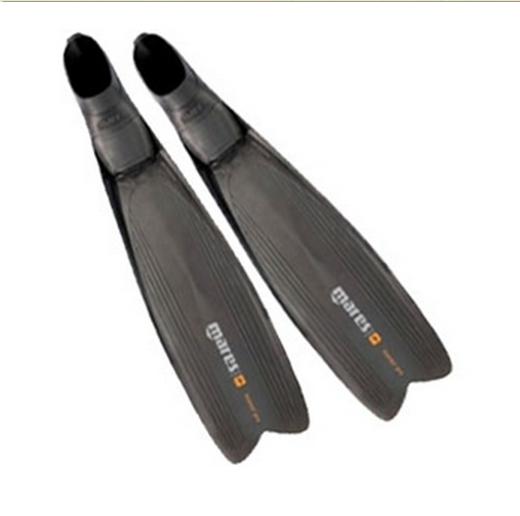
Open Heel Fin – these Fins have a strap to hold them onto your foot, I prefer these as I have the option to wear Booties (I actually wear Vibram Five Fingers with mine) which is good for rocky entries. I hate walking with my gear on across sharp rocks barefoot.
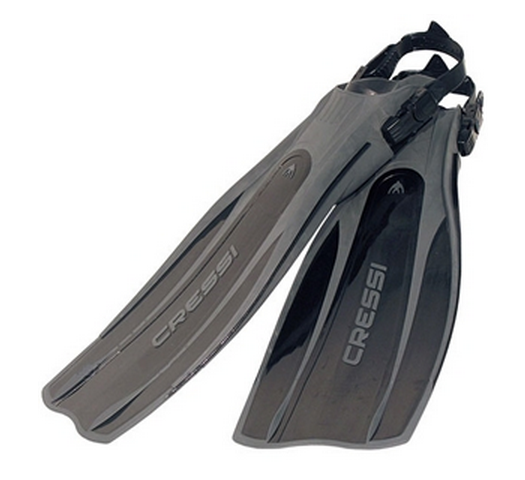
Other than the heel type, the other primary consideration is length of fin. Long fins are suitable for Open Water dives, slow strong kicks of the fin will glide through the water. The problem with long fins happens when navigating tight areas, so if you plan to dive a lot of wrecks, caves or swim throughs shorter, more tactical fins, called Tech Fins would be better. Bear in mind that the long the Fin the more propulsion you receive, so if you go tactical you will be kicking more frequently.
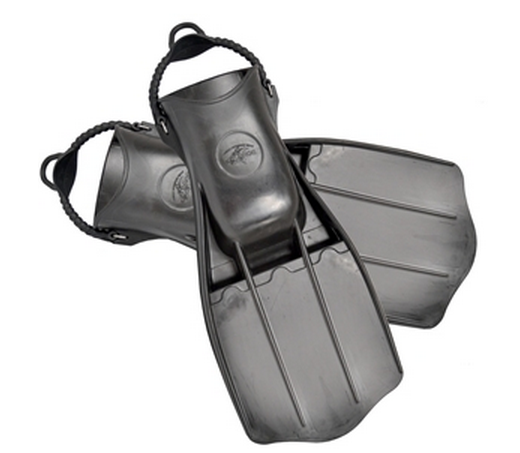
Fins are for me reasonably important – I have them, but I don’t always pack them as they do take up space, they are one of the items that doesn’t always make the cut if my bags are bursting at the seams.
Dive Computer
This one is a pure money decision. Personally, having logged close to 100 dives I haven’t purchased a Dive Computer. These items are like a wrist watch, and track all manner of dive related data – the most important is a much more sophisticated depth gauge system that alerts you if you are ascending too quickly. Depending on type they offer much more functions too. I personally am not fussed about having one for the types of dives I do, but since they take up little space they are certainly an option for many divers who are building their equipment kit bag.
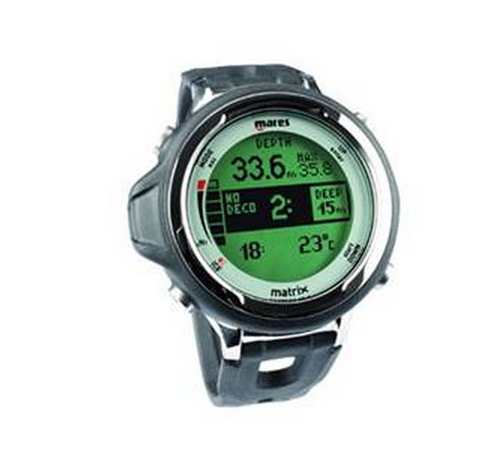
Bags
You need a wet bag – something made of mesh for storing your wet gear after diving, and a dry bag, something for your phone and dry clothes – for the dry bag get at least a large size, as clothes and occasionally towels will need to go inside.
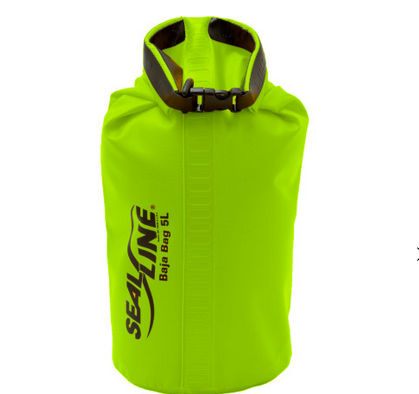
Dive Safety Equipment
Ordinarily the above would conclude my Beginners Dive Equipment Checklist. However as a rescue diver I would also include the following in your dive equipment.
1. Dive Safety Balloon – or safety sausage (yeah, I know what I think of when I hear that) this is is an inflatable balloon that attaches to a reel. At the end of your dive, or when you need to make an emergency ascent you send the balloon up ahead of you and it shows your location. This is good to alert boats to your location- both bringing your dive boat close to your location for easy pick up, and also making sure that you don’t get a boat directly overhead, those propellers can be a real doozie.
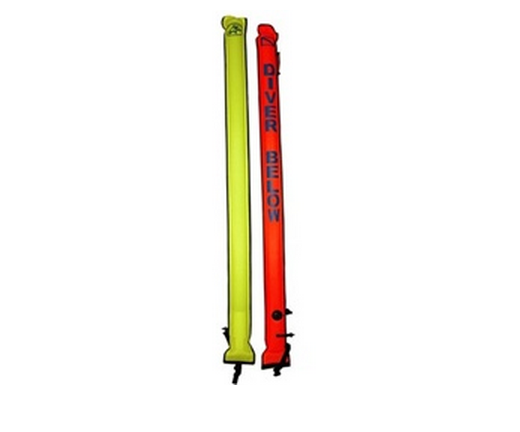
2. Mini First Aid Kit – good to have some sea sick pills and some bandages. I have antibacterial wipes and superglue in my kit as the latter is the best thing to close a wound, especially when the conditions are wet. Makes second dives better as you aren’t leaking blood into the water if you scrape yourself on coral etc.
3. Dive Knifes – optional, but I personally carry two when I dive.
Whilst not essential, I also would recommend being able to take pictures when you dive as a nice way to remember things.
Dive Camera Casing
Underwater Photography is a great hobby and a wonderful way to keep your memories. We personally travel with a Canon point and shoot that we use when we don’t want to carry our DSLR Camera with us, and we have a Casing that will allow it to depths of 40M. Make sure you have a couple of SD Cards so you don’t carry all of your vacation pictures deep under the ocean…
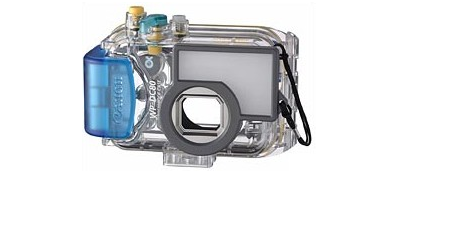
After these items, I feel that you are entering the land of the serious hobbyist with your gear, as you will have to take extra bags with you to accommodate the kit and will start booking travel around your dives, currently I book travel wherever I want, and if there is diving on location or close by we will pack our basic equipment and jump in the water.
Related Post:
Leave a Reply